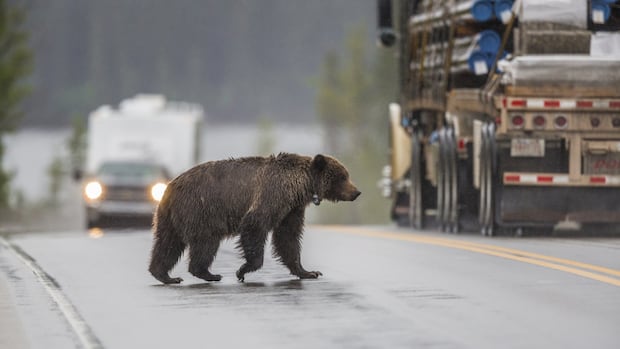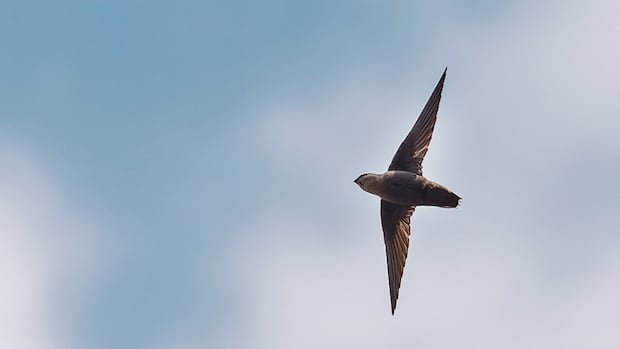A fossil-hunting father-daughter team from Vancouver Island has been recognized in the naming of a new genus of giant prehistoric sea lizard found near Courtenay almost 40 years ago.
Michael and Heather Trask were the first to find remains of an elasmosaur west of the Canadian Rockies when they discovered the fossils along the Puntledge River in 1988.
Viewed as “odd” by experts for years, those specimens have recently been deemed unique to the Pacific Northwest, both older and unlike any other species of elasmosaur fossils found elsewhere in the world.
Hence, the new name Traskasaura, announced Friday in the Journal of Systematic Paleontology, combining the families’ surname and “saura,” which is Greek for lizard.
“It’s a great name and my family is really, really loving it,” said Pat Trask, brother to Michael, uncle to Heather, and himself no stranger to the wonders of fossils as the curator of natural history at the Courtenay Museum and Palaeontology Centre.
“They discovered the elasmosaur just looking for fossils, kind of a chance find,” he said. “They knew there were fossils out there, but they didn’t expect to find a sea monster, that’s for sure.”
With a giant jaw full of pointy teeth, snake-like neck and proportionately tiny turtle-shaped body, Traskasaura serves as an 85-million-year-old reminder of animals that once slithered through what is now the Salish Sea when the earth was covered by ocean.
Making it a full-on family affair are the juvenile Traskasaura fossils, discovered by Pat in the Comox Valley five years ago. With two specimens to study, it wasn’t long before experts realized they were indeed looking at something new to science and the elasmosaur family.
“The fossil record is full of surprises,” said lead study author Prof. F. Robin O’Keefe of Marshall University in West Virginia. “It is always gratifying to discover something unexpected.”
Under its previous name, B.C. named Traskasaura the province’s official fossil emblem in 2023 after holding a public vote, putting it up there with the Pacific dogwood and salmon, Western red cedar and spirit bear as important cultural symbols.
The unveiling of the new name, however, is tinged with sadness. On May 15, Michael passed away after a long illness. He is predeceased by Heather, who died a few years earlier.
“I got the press release a while ago, and I actually framed it, and I took it to my brother while he was still cognizant so that he would understand that it was done,” said Pat. “It’s beautiful that he knew.”
Michael’s celebration of life is June 1 at the Courtenay Museum and Paleaontology Centre, fittingly in the shadow of the life-size Traskasaura skeleton replica.
“It’s a wonderful legacy for him and his daughter. It’s a legacy for my family. And it’s a legacy for our community,” said Pat.






